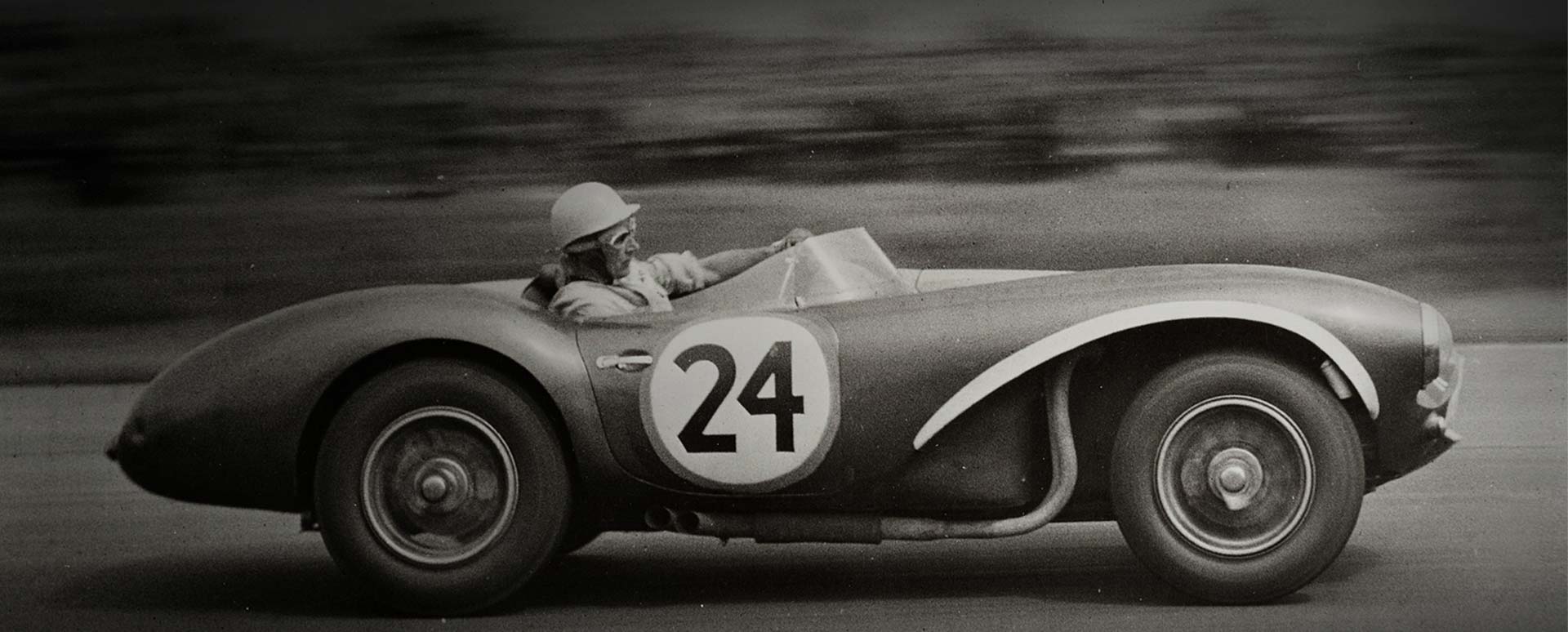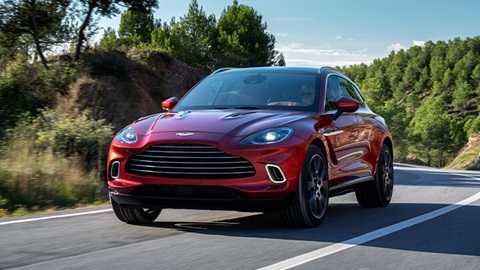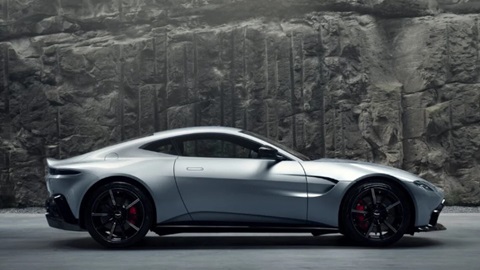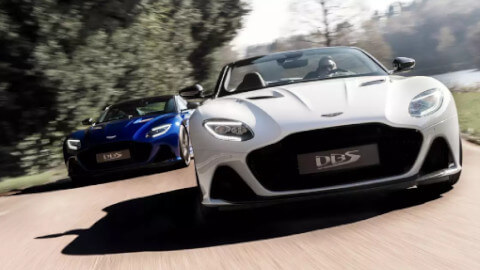History: Aston Martin Racing
25th Feb 2021
A tale of innovation and pedigree
Although recognised throughout the world for creating some of history's most iconic sports cars, it was competitive racing on which the Aston Martin brand was originally constructed. The desire to participate in top flight motorsport ultimately formed an integral part of the company's identity, a trait that has been maintained to this very day.
In fact, the Aston Martin moniker was forged from a hill climb event at Aston Hill, in Buckinghamshire. It was April 1914, and Lionel Martin, one of the marque's co-founders, was taking part in a tuned Singer. He was so successful, that in March 1915, Martin and his partner, Robert Bamford, released their first sports car under the fabled name we know today.
Fast forward to 2020 and Aston Martin would announce their entry into the world of Formula One, with title partner Cognizant by their side. Although this move represents 60 years since the British marque last competed at the pinnacle of motorsport, their journey to this stage has been nothing short of remarkable.
1920s
1920s: Fighting Spirit
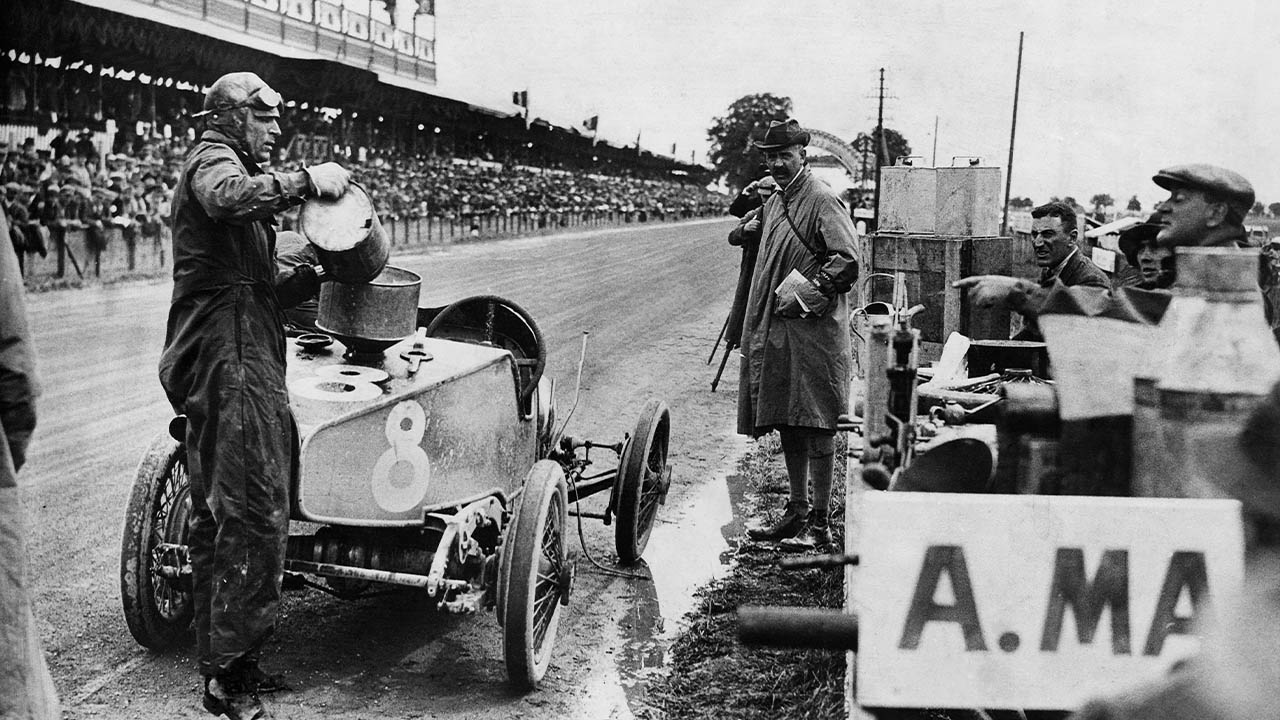
From the offset, Martin and Bamford dreamt of entering into the Grand Prix arena. The duo knew that competitive racing around Europe would place the Aston Martin brand in the limelight and therefore bring the fame they hankered for.
At the beginning of the 1920s, a young and wealthy racing driver by the name of Count Louis Zborowski commissioned two racing cars from Aston Martin. The aim was to produce two cars to compete in the 1922 Isle of Man TT (Tourist Trophy). And with an investment of £10,000 from Zborowski fuelling their project, they created two chassis and developed an entirely new 1.5-litre four-cylinder engine.
Although chassis TT1 and TT2 were not ready for the Tourist Trophy, their first outing came the following month at the 2.0-litre French Grand Prix; an historic moment that marked Aston Martin's debut in Grand Prix competition. Both cars retired from the race due to engine problems. However, the experience was invaluable.
Aided by further development, the TT cars went on to secure several podium finishes, which included a second place finish at the illustrious Grand Prix de Penya Rhin in 1922. Aston Martin would repeat the result at the same track the following year, while taking third at the Grand Prix de Boulogne.
Following the death of Zborowski in 1924, Aston Martin's involvement in top flight motorsport diminished, with the exception of an appearance at the 1928 24 hours of Le Mans, where both cars failed to finish.
1930s
1930s: New Focus
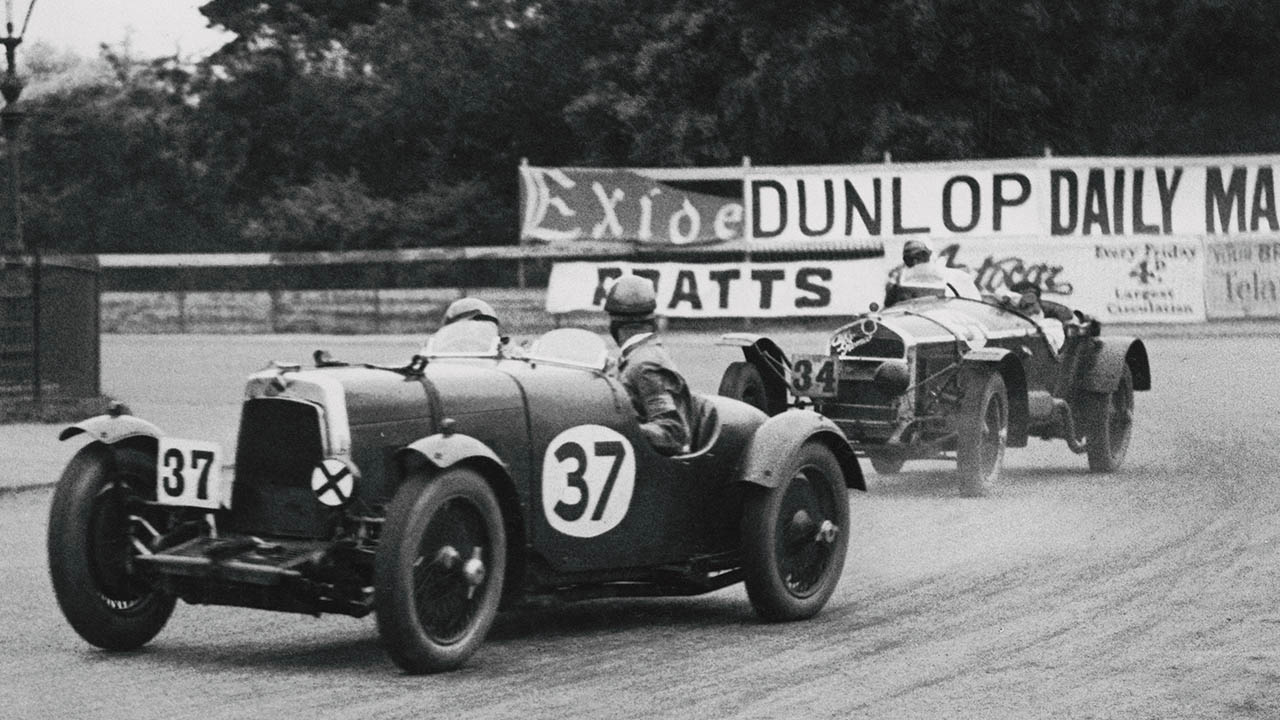
Having taken control of the business in the latter half of the 1920s, Bill Renwick and Augustus 'Bert' Bertelli would continue to build on the foundations laid by the original owners. Investment initially came from the ever-generous Lady Charnwood, and then Sir Arthur Sutherland later on.
Courtesy of Renwick and Bertelli's innovative engineering, a series of pre-war Aston Martin sports cars were established. The most notable being the International, the Le Mans, and the most desirable variation of the MKII; named the Ulster.
As a works team, Aston Martin did not feature in any Grand Prix races during the 1930s. Instead, they focused their efforts on the prestigious 24 hours of Le Mans, as well as other recognised events, including the Brooklands Double-Twelve and the Tourist Trophy.
Driving the Aston Martin International, and then subsequently the Aston Martin Le Mans, the team achieved consecutive fifth place finishes at Le Mans between 1931 and 1933, where they would take home the 1,500cc class winners medal, as well as the Biennial Cup in 1932.
An Aston Martin would race at Le Mans once again in 1935. This time, however, the Ulster would be making an appearance, which had earned its name following the company's 1-2-3 success at the Tourist Trophy, hosted in Ulster, during the previous year. Supported by Aston Martin, privateer Roy Eccles' team achieved third overall at Le Mans, while his drivers claimed the Index of Performance.
With the company opting to not partake in any further Le Mans races, and with World War II commencing in 1939, Aston Martin would not be seen competing again until 1946.
1940s
1940s: Landmark Moment
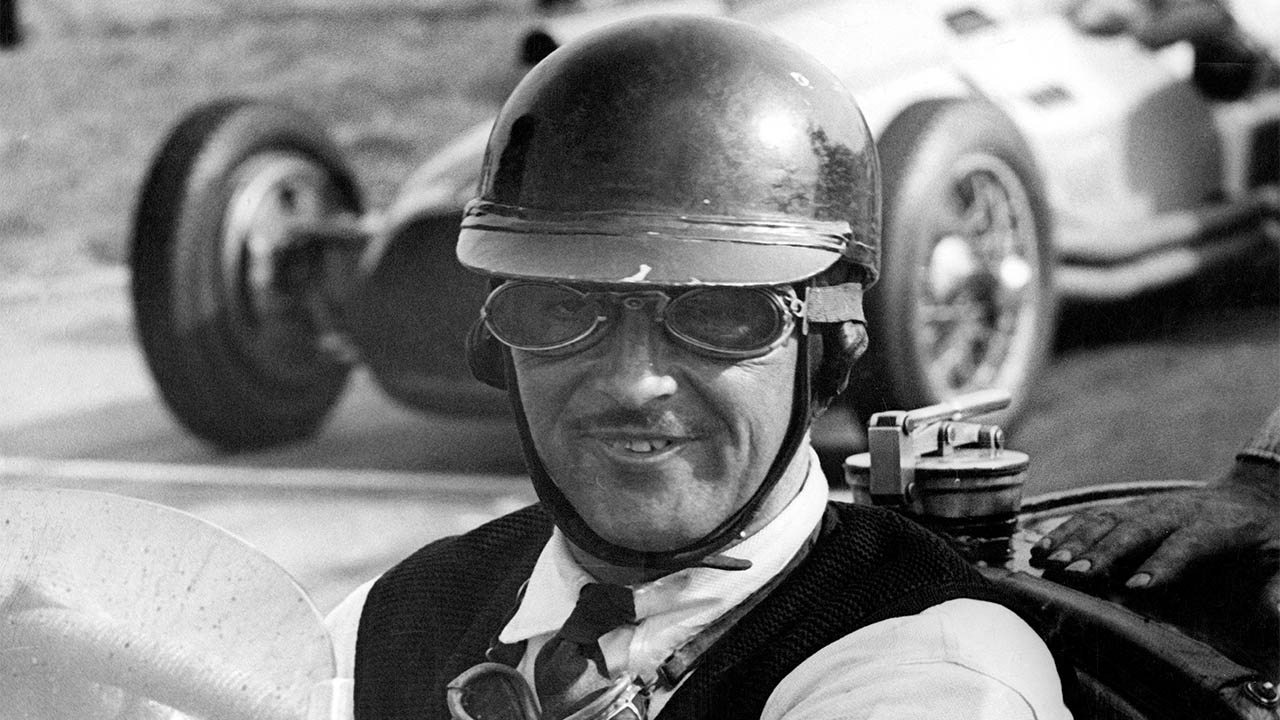
Understandably, early post-war cars were not entirely new, and therefore did not boast the latest in technology and innovation. The pre-war Aston Martin Speed Model was still competitive, taking the win at the 1946 Sports Car Grand Prix Automobile de Belgique with St John Horsfall behind the wheel.
Horsfall had established himself as a valued member of the Aston Martin family, and would assist with testing and development of the company's models. Although his win in 1946 was remarkable, his most notorious performance came three years later at the 1949 Spa 24 hour race as a privateer.
Finishing fourth overall, and second in his class, his results did not command the acclaim he had earned years earlier. However, onlookers were astonished to learn that Horsfall had completed the 24 hour race completely by himself, despite having a co-driver available.
Perhaps one of the most important landmarks in Aston Martin's history came in 1947, when David Brown, who would later become Sir David Brown, bought the company. It was he who would create the evocative 'DB' moniker that is still worn by the company's most exotic road-going offerings today.
The first DB car that would result from Brown's ownership came in the form of the 'Two Litre Sports'; now most commonly known as the DB1. Its elegance was only surpassed by its performance, with victory at the Spa 24 hours in 1948 proving testament to that. Despite its success, the DB1 merely paved the way for future models, including a legendary Le Mans winner.
1950s
1950s: Unforgettable Victory
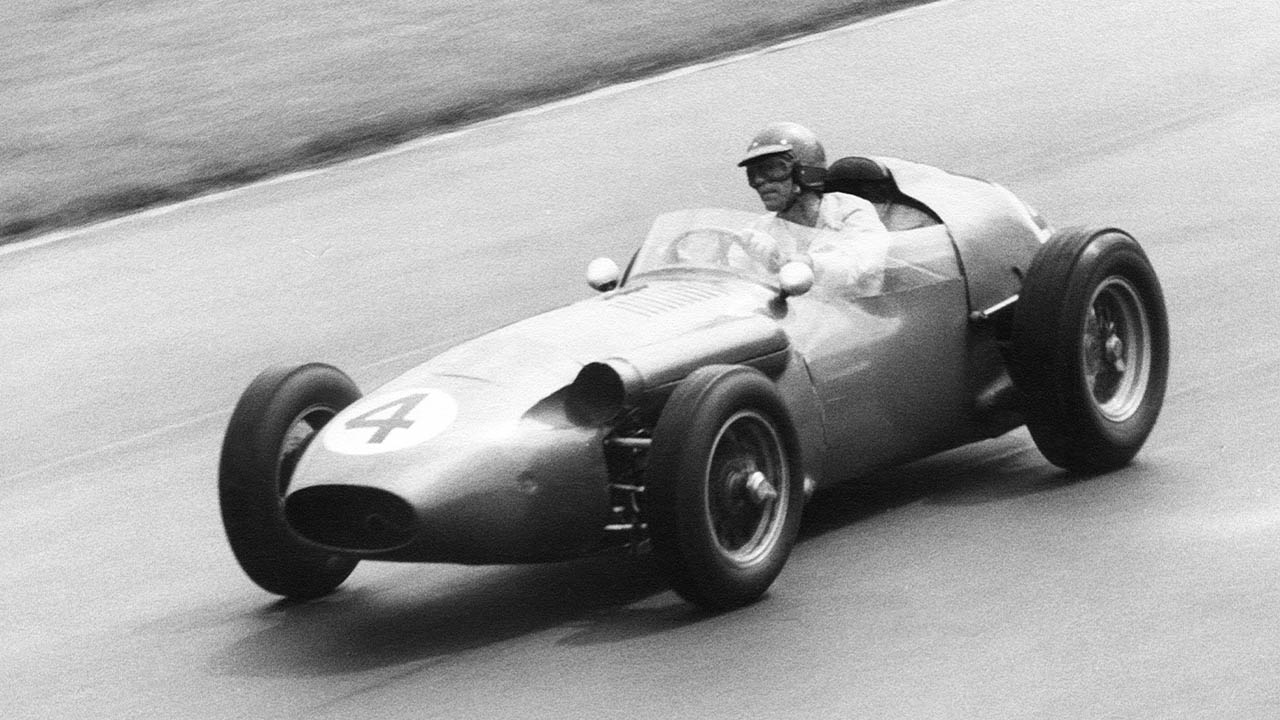
The 1950s represented an exciting time for Aston Martin. Under the careful stewardship of David Brown, the company was gradually starting to establish a strong and stable foothold within the sports car market.
Participation in motorsport was still at the forefront of the brand's identity. Over the course of the decade, this would herald the arrival of some of Aston Martin's most successful racing cars to date; including the DB3S and the breath-taking DBR1.
Following strong results during the early 1950s, with notable achievements being a third place finish at Le Mans in 1951 and a runners-up trophy at the Sebring 12 hours in 1953, Brown set the company's eyes firmly on the World Sportscar Championship and the Formula One World Championship.
Conceived in 1956, the DBR1 would become Aston Martin's greatest success. Consecutive victories came at the perilous Nürburgring 1000km between '57 and '59, with the legendary Sir Stirling Moss piloting the DBR1 in two of those triumphs.
However, it would be the famous Carroll Shelby and Roy Salvadori that would claim Aston Martin's maiden victory at the 24 hours of Le Mans in 1959; a landmark that is still remembered to this day. Taking first place at the RAC Tourist Trophy later that year saw the works team crowned the World Sportscar champions; the first time it had been won by a British car.
Throughout the same period, Aston Martin had developed a single-seat racer called the DBR4. Despite involvement from Ted Cutting, who had designed the DBR1, the DBR4 struggled to compete with rivals that had opted for a mid-engine layout. Bar a handful of top ten finishes, the company's first foray into Formula One failed to yield the same success they had experienced with sports cars.
1960s
1960s: Stepping Away
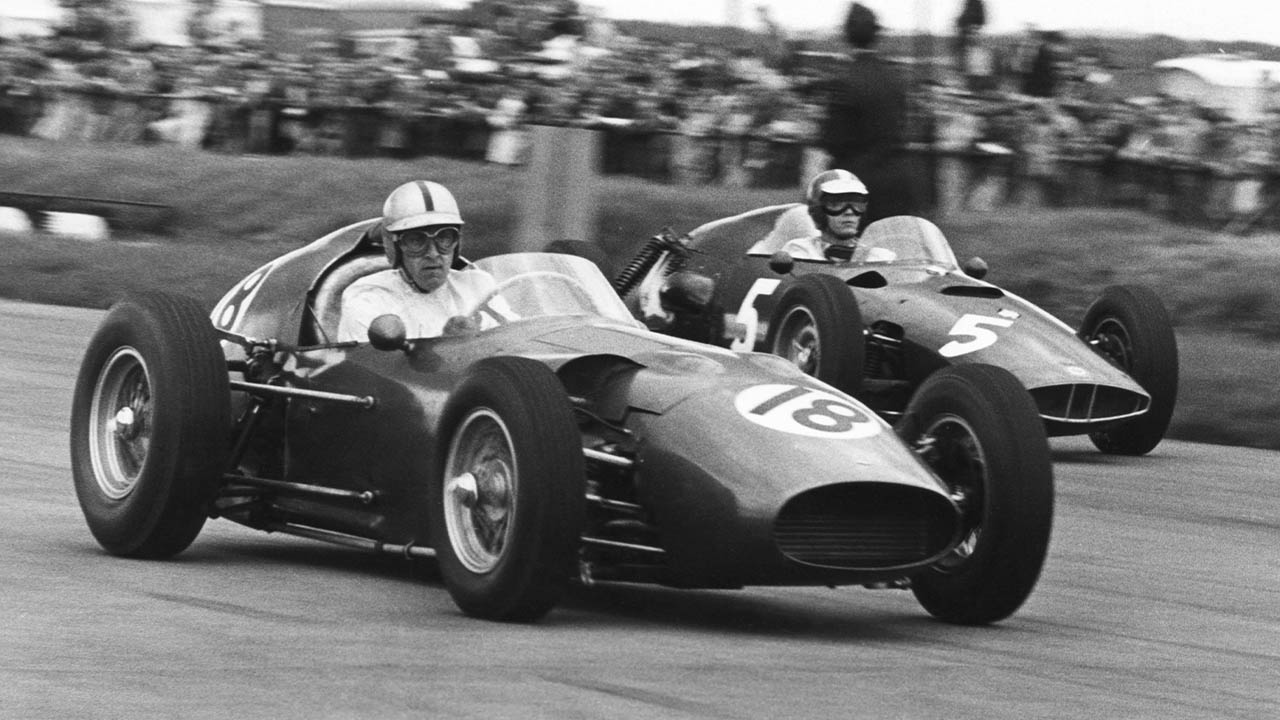
Following the somewhat poor results achieved by the DBR4 in the 1959 Formula One season, the team went back to the drawing board and later returned with the DBR5. The car was largely based on its predecessor, yet it now produced more power and was lighter. Although the car's performance had been reworked, it still did not have the same pace as its rivals.
A disagreement over starting money at the Dutch Grand Prix meant the team would only partake in one championship race during the 1960 season. Even then, the car's performance was largely forgettable. At the Silverstone Grand Prix, Roy Salvadori, who had won at Le Mans in the previous year, had to retire because of an issue with the steering, while Maurice Trintignant only managed to muster an 11th place finish.
Deciding to focus on sports cars, Aston Martin would not compete in the 1961 season; marking the last time they would be seen in the Formula One paddock for 60 years.
2000s
2000s: New Beginnings
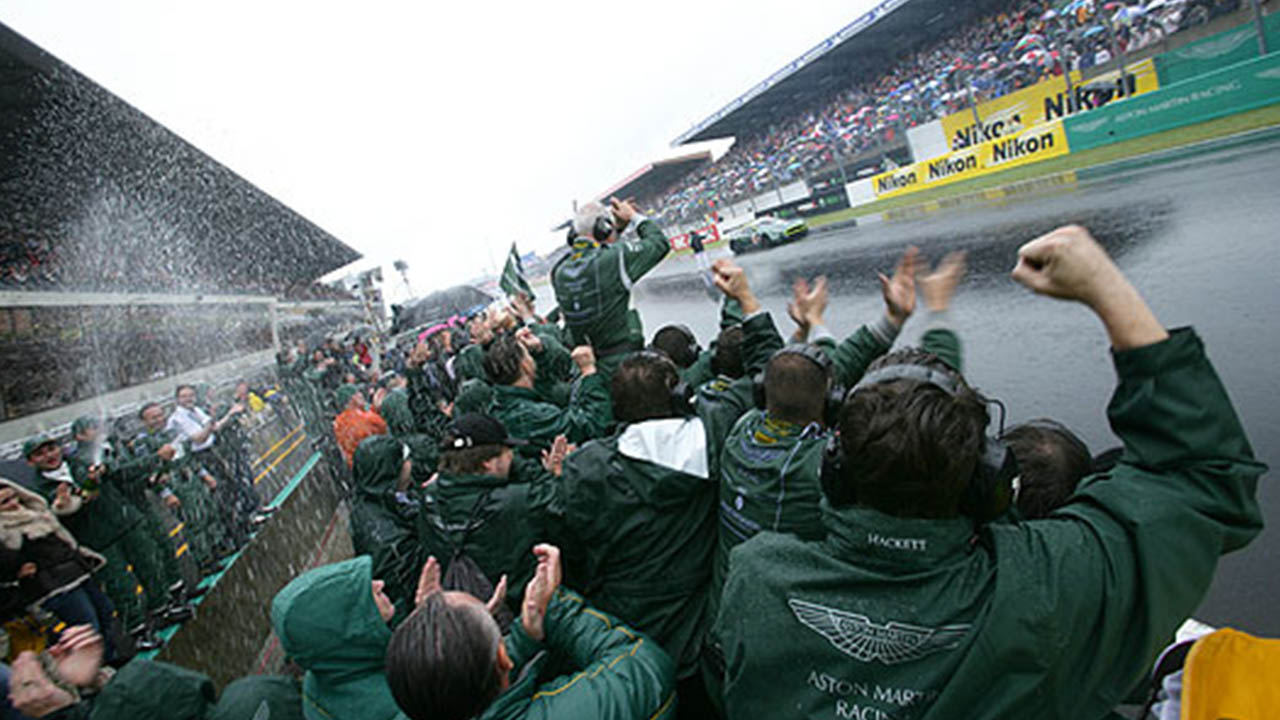
Aston Martin Racing as we know it today was established in 2005. Making their debut at the 12 Hours of Sebring, one of the DBR9 chassis managed to achieve a fourth place finish. In the following year, the team entered the American Le Mans Series, where they would go on to achieve second place in the GT1 championship.
On their second outing at the Nürburgring, Aston Martin were able to achieve a 24th place finish overall. However, they managed to claim fourth in their class against stiff competition. A stronger result would come at the 24 Hours of Le Mans in 2007, with the DBR9 securing the GT1 class win and claiming fifth overall.
Built by Lola Cars International and co-developed with Prodrive, the Aston Martin DBR1-2 prototypes offered blistering performance from their 6.0-litre V12 engines. Combining with the carbon fibre monocoque and the innovative chassis design, the prototypes were able to achieve victory at the 1000km de Catalunya, as well as a podium at the Autosport of Silverstone and a 1-2-3 sweep at the Nürburgring.
2010s
2010s: Le Mans Victory
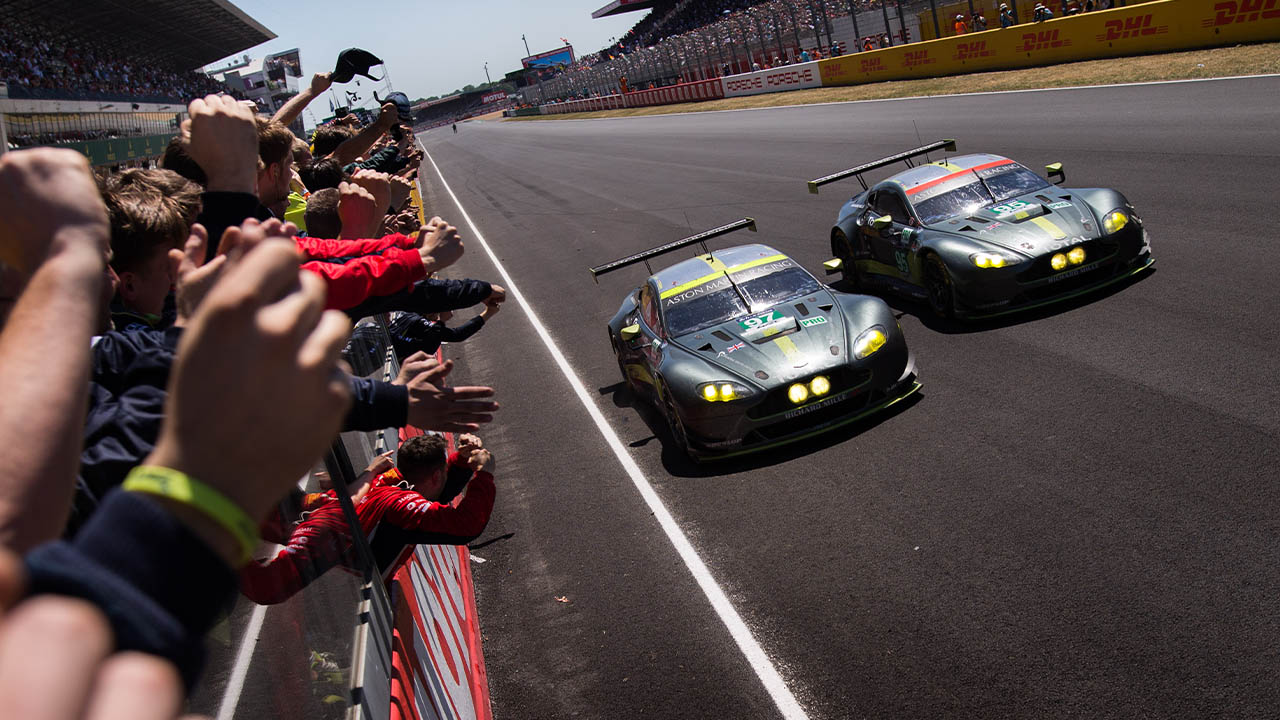
Competing in a new Aston Martin Vantage GTE, the team finished runners-up in the LMGTE Pro Trophy during the inaugural season of the FIA World Endurance Championship. Building on that success, Aston Martin secured the class win at Le Mans in 2014, where one of the V8 Vantage GTE cars convincingly beat their nearest rival by two laps.
Aston Martin secured the same trophy once again in 2017. However, it was the closely fought battle with their competitors that would make the victory particularly sweet. The no. 97 Vantage continuously battled with the no. 63 Corvette C7 R, until the penultimate lap when the Aston Martin managed to overtake; ultimately going on to prevail.
Returning to Formula One paddocks in 2016 as a title sponsor and technical partner of Red Bull Racing, Aston Martin would once again be seen at the pinnacle of motorsport. It would be fruitful relationship for both parties, one which would spawn the breath-taking Valkyrie Hypercar.
2020s
2020s: Formula 1® Return
For the first time in 60 years, the Aston Martin brand will be returning to the Formula 1® grid as a dedicated team, therefore continuing the powerful legacy left by the original founders, Lionel Martin and Patrick Bamford.
Lawrence Stroll, executive chairman of Aston Martin, said: “The return of the Aston Martin name to Formula 1, set against such a colourful and dynamic history in the sport, is a genuinely exciting time for all of us involved with this great British sports car brand.
“The Formula 1 grid is the right place for Aston Martin. It’s where this brand should be, and I know this next chapter of our racing history will be incredibly exciting for fans of Aston Martin, and the sport of F1, all over the world.”

